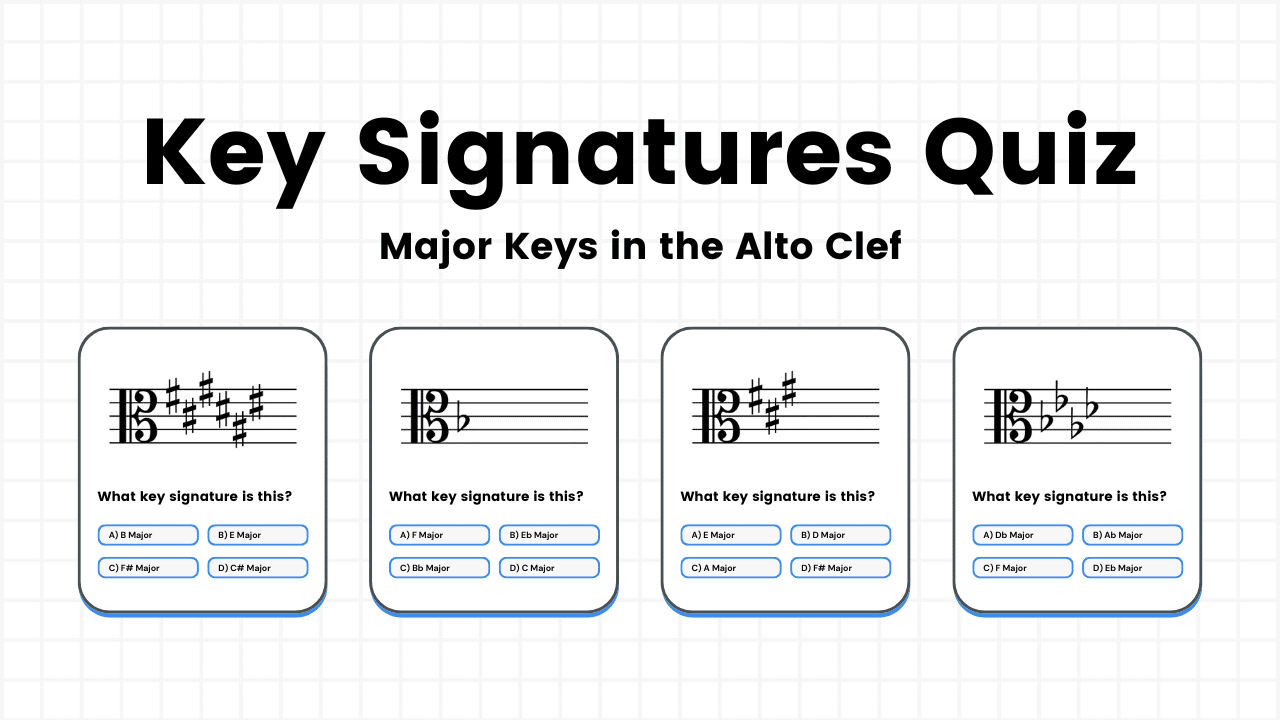Ternary Form is a common type of musical form. You can find many examples of it in classical pieces, as well as more contemporary music.
In this post, we’ll be discussing Ternary Form. For example, what is it? And how do you write a piece of music with Ternary Form? First, however, we have to look back at what form in music is.
What is Form in Music?
In music, Form is a way to analyze the overall structure of a piece, or multiple pieces, of music.
There are ways of structuring the rhythm, harmony, and melody, and there are multiple levels of this structure.
On the smallest level, you have bars, or measures.
These deal with beats and maybe a few notes.
The next level above bars is that of phrases.
A phrase is essentially a full section of a melody, complete with rhythmic and harmonic changes and accompaniment.
Above the phrase level is the passage level, which deals with full pages of music and can consist of many melodies in a row.
We can use any of these levels to create a form by labelling multiple of them in a piece by a letter.
For example, we can use ABCD to show that a piece of music has one section (passage or phrase, etc.)
A, followed by a different section B, followed by a different one in C and D and so forth.
Check out our full guide to musical form for more information.
Ternary Form: Definition
Ternary Form is a type of musical form, called “ternary” because it deals with a base of three.
Just like binary form is in two parts, Ternary Form is in three parts.
However, what’s unique about Ternary Form is that the first section and third section are the same.
Because of this, it is usually written as ABA.
In Ternary Form, the sections that the letters represent are usually long, such as passages or even a full piece.
Each section is typically self contained.
The B section in the middle is usually in a different but related key to the A section, like a perfect fifth above, or a parallel minor.
For example, if the A section is in C Maj, then the B section could be in G Maj or perhaps C min.
The melody of the children’s song “Twinkle Twinkle Little Star” (and those that use the same melody, like “Ba Ba Black Sheep” and the Alphabet Song) is in the ABA form, listen to it here:
The Two Types of Ternary Form
There are two types of Ternary form which are:
- Simple Ternary form
- Compound Ternary form
In the next two sections we’ll discus what the differences are between them
Simple Ternary Form
Simple Ternary Form is the normal form described above.
Each section (A, B, A) is thematically and tonally self-contained and separate from the other two.
Sometimes the second A section adds more ornamentation or some extra flourishes, and if that’s the case you might see that section labelled A’ or A1 (called “A Prime”, written as ABA’ or ABA1).
However, this is not always the case.
An example of simple ternary form is the Da Capo Aria, which is a common Baroque-era aria that were usually found in operas and sacred music pieces.
A famous example of the ABA form in a Da Capo Aria is Handel’s “The Trumpet Shall Sound” aria from his Messiah.
Compound Ternary Form
In Compound Ternary Form, which is also sometimes called Trio Form, each section is a dance movement that itself is in Binary Form (either AB or AABB).
Our next example is from Haydn in his Surprise Symphony.
It starts with a minuet that is in AABB form, followed by a trio in the same form (called 2A2A2B2B to differentiate it from the minuet AABB) and then it ends with the repeated minuet.
More Examples Of Ternary Form
Here are some other examples of Ternary Form.
A simple example is this short piece by Mozart, “Andante in E-Flat Major”.
More complex examples include Chopin’s “Raindrop” Prelude, Op. 28 No. 15, and Rachmaninoff’s “Prelude in C-Sharp Minor”, Op. 3 No. 2.
An even longer example is the opening chorus, “Herr, unser Herrscher”, of Bach’s St. John’s Passion.
Summing Up
That’s all there is to know about Ternary Form, also written as ABA form.
If you write a piece that plays two separate sections, followed by a repeat of the first section, then it is most likely in Ternary Form.



